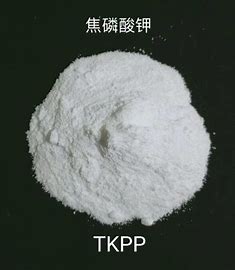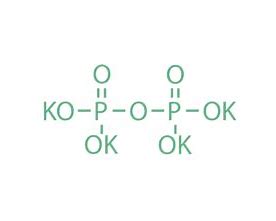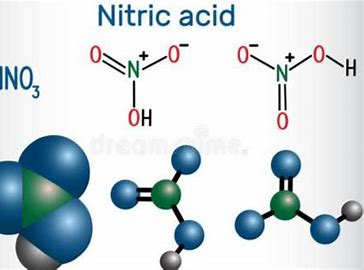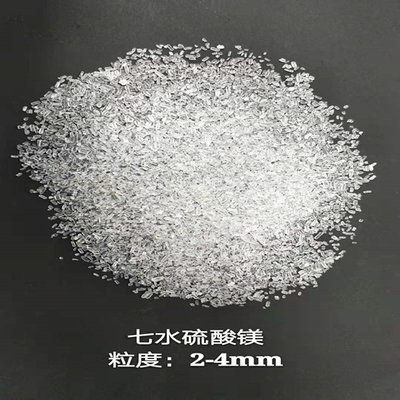Sodium bisulfite/7631-90-5/NaHSO3
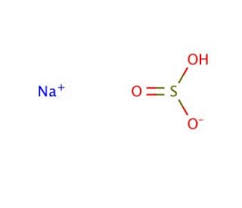
I. Overview of Basic Information on Sodium Bisulfite
Sodium bisulfite (Sodium Hydrogen Sulfite), NaHSO₃, inorganic compound widely used in industry and daily life. It appears as a white crystalline powder with an unpleasant odor of sulfur dioxide.Due to its special chemical properties and potential risks, it is particularly important to understand and use it in a standardized manner.
| Item | Details |
|---|---|
| Chinese Name | Sodium Bisulfite |
| English Name | Sodium Hydrogen Sulfite |
| Alias | Acid Sodium Sulfite |
| Chemical Formula | NaHSO₃ |
| Molecular Weight | 104.061 |
| CAS Registry Number | 7631 – 90 – 5 |
| EINECS Registry Number | 231 – 548 – 0 |
| Melting Point | 150℃ |
| Water Solubility | 300g/L |
| Density | 1.48g/cm³ |
| Appearance | White crystalline powder |
| Safety Description | S25; S26; S39; S46 |
| Hazard Symbol | Xn |
| Hazard Description | R22; R31 |
| UN Dangerous Goods Number | 2693 |
II. In-depth Analysis of Physical and Chemical Properties
(I) Physical Properties
| Property | Value |
|---|---|
| Density | 1.48g/cm³ |
| Melting Point | 150℃ |
| Appearance | White crystalline powder with an odor of sulfur dioxide and an unpleasant taste |
| Solubility | Easily soluble in water, the aqueous solution is acidic; insoluble in alcohol |
(II) Chemical Properties
Sodium bisulfite exhibits unique chemical characteristics in the field of chemistry, and its chemical properties determine its roles and performances in numerous chemical reactions and industrial applications. In an aqueous solution, the bisulfite ion (HSO₃⁻) can both ionize and hydrolyze, but the ionization degree is greater than the hydrolysis degree, so its aqueous solution is acidic. In addition, the sulfur element in sodium bisulfite is in the +4 valence state, giving it both oxidizing and reducing properties. Under different chemical reaction conditions, it can undergo redox reactions with a variety of substances.
III. Computational Chemical Data
| Item | Value |
|---|---|
| Reference Value of Hydrophobic Parameter Calculation (XlogP) | None |
| Number of Hydrogen Bond Donors | 1 |
| Number of Hydrogen Bond Acceptors | 4 |
| Number of Rotatable Chemical Bonds | 0 |
| Number of Tautomers | 0 |
| Topological Molecular Polar Surface Area | 79.6 |
| Number of Heavy Atoms | 5 |
| Surface Charge | 0 |
| Complexity | 33.9 |
| Number of Isotope Atoms | 0 |
| Number of Determined Atomic Stereocenters | 0 |
| Number of Undetermined Atomic Stereocenters | 0 |
| Number of Determined Bond Stereocenters | 0 |
| Number of Undetermined Bond Stereocenters | 0 |
| Number of Covalent Bond Units | 2 |
IV. Toxicological Data and Potential Risks
The acute toxicity data shows that the LD50 of sodium bisulfite is 2000mg/kg (oral, rat). Although this indicates that acute harm to organisms occurs above a certain dosage, long-term or improper exposure may still have adverse effects on human health. Since it is classified as a Group 3 carcinogen, it means that although the evidence is currently insufficient, there are still potential carcinogenic risks that require sufficient attention.

V. Wide Range of Application Areas
- Food Industry: In food processing, sodium bisulfite can be used as a preservative and antioxidant to extend the shelf life of food and prevent food from oxidizing and deteriorating. At the same time, it also has a bleaching effect and can improve the color of certain foods. However, due to its potential health risks, the usage amount and residue of sodium bisulfite in food are strictly regulated by laws and regulations.
- Textile Industry: In the textile industry, sodium bisulfite is often used as a bleaching agent to remove pigments and impurities from fabrics, giving the fabrics a whiter appearance.
VI. Safety and Emergency Treatment
(I) First Aid Measures
- Skin Contact: Immediately remove contaminated clothing and rinse thoroughly with a large amount of flowing water for at least 15 minutes. Seek medical attention in case of severity.
- Eye Contact: Lift the eyelids and rinse with flowing water or normal saline for at least 15 minutes. Seek medical attention promptly.
- Inhalation: Quickly transfer the patient to an area with fresh air and keep the respiratory tract unobstructed. If breathing is difficult, give oxygen. If breathing stops, perform artificial respiration immediately and send the patient to the hospital.
- Ingestion: Drink plenty of warm water to induce vomiting and seek medical attention as soon as possible.
(II) Fire Fighting Measures
Sodium bisulfite itself is non-flammable, but when there is a fire, it will decompose upon heating to produce toxic sulfur dioxide gas.Firefighters must wear gas masks and full-body fire protection suits and fight the fire upwind.
(III) Leakage Emergency Treatment
Isolate the leakage contaminated area and restrict the access of personnel. Avoid raising dust, collect it with a clean shovel into dry, clean, and covered containers, and transfer it to a safe place. In case of a large amount of leakage, collect, recycle, or transport it to a waste treatment site for disposal.
(IV) Protection Measures
- Respiratory System Protection: When there is a possibility of contact with its dust, wear a self-priming filter dust mask.
- Eye Protection: Wear chemical safety goggles.
- Body Protection: Wear anti-toxic penetration work clothes.
- Hand Protection: Wear rubber gloves.
- Other Protections: Smoking, eating, and drinking are prohibited at the work site. After work, take a shower and change clothes to maintain good hygiene habits.
(V) Operation, Handling, and Storage
- Operation Precautions: Operate in a closed environment and strengthen ventilation. Operators must receive special training and strictly abide by operating procedures. It is recommended that operators wear self-priming filter dust masks, chemical safety goggles, anti-toxic penetration work clothes, and rubber gloves.
- Storage Precautions: Store in a cool and ventilated warehouse. Keep away from fire sources and heat sources. Keep the container sealed. It should be stored separately from oxidants and acids, and mixed storage is strictly prohibited. Appropriate materials should be prepared in the storage area to contain leaked substances.
VII. Clear Safety Information and Warnings
(I) Safety Terms
- S25: Avoid contact with eyes.
- S26: In case of contact with eyes, rinse immediately with plenty of water and seek medical advice.
- S39: Wear eye / face protection.
- S46: If swallowed, seek medical advice immediately and show this container or label.
(II) Risk Terms
- R22: Harmful if swallowed.
- R31: Contact with acids liberates toxic gas.

